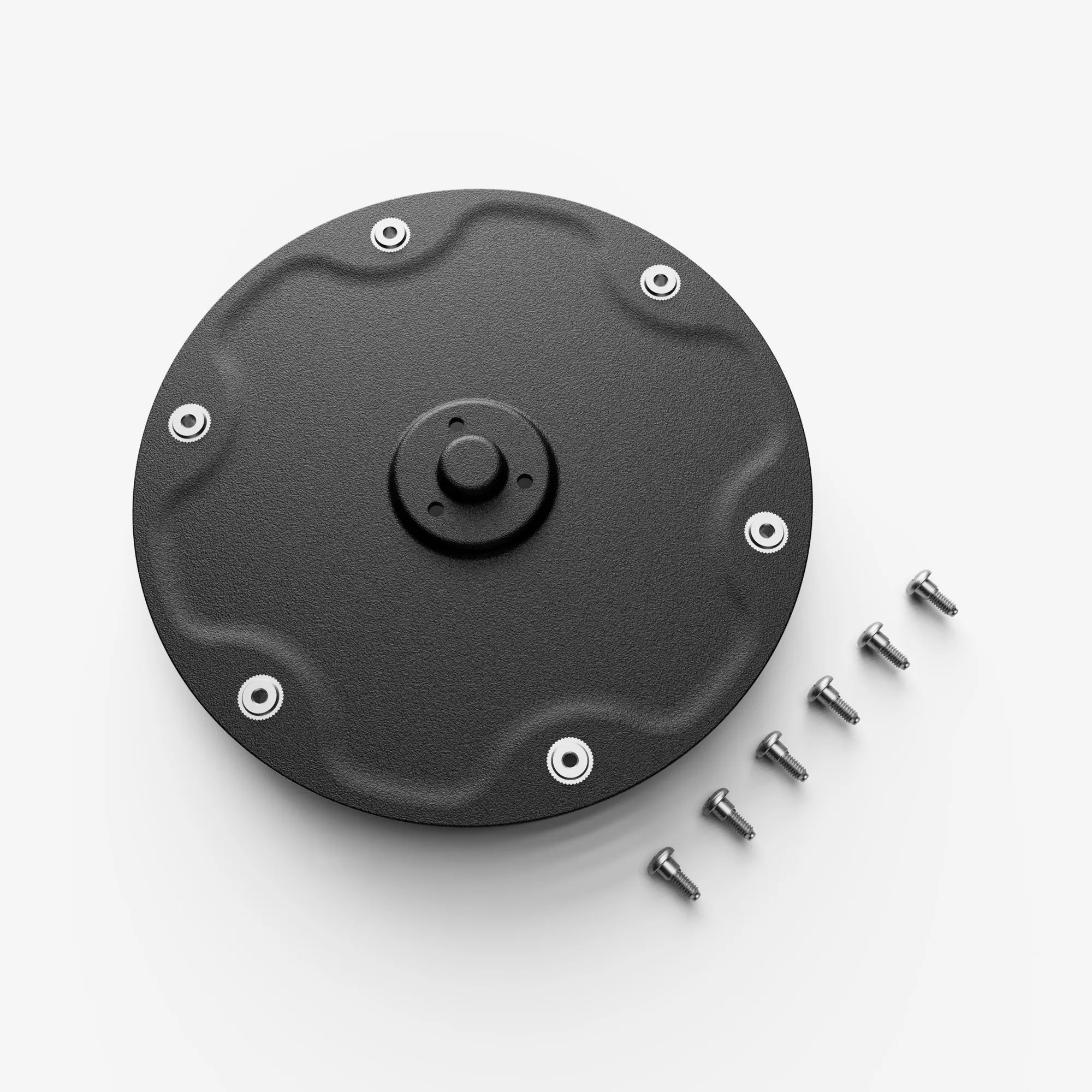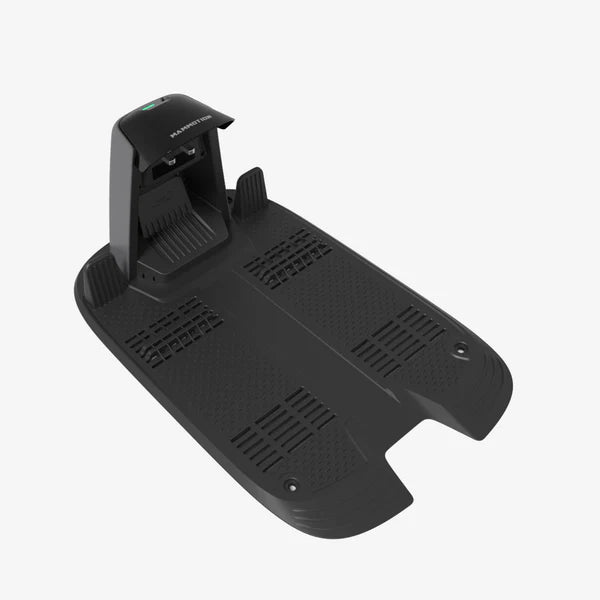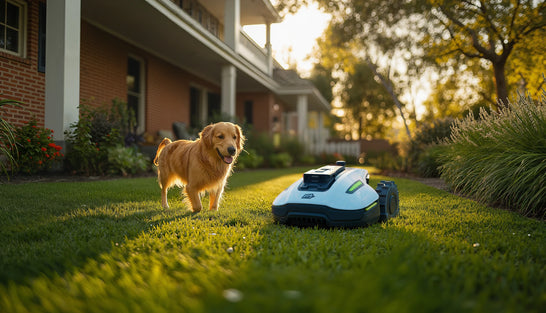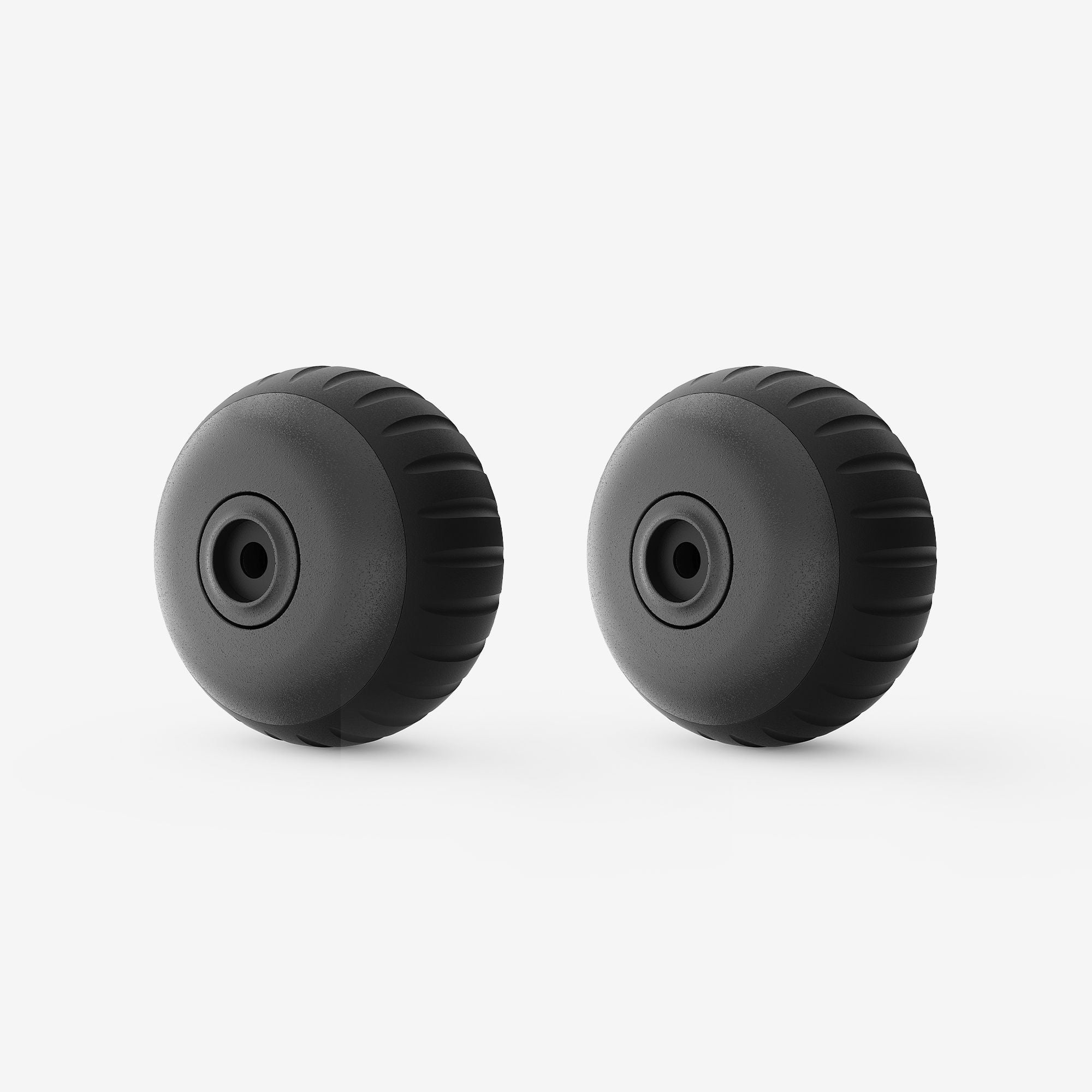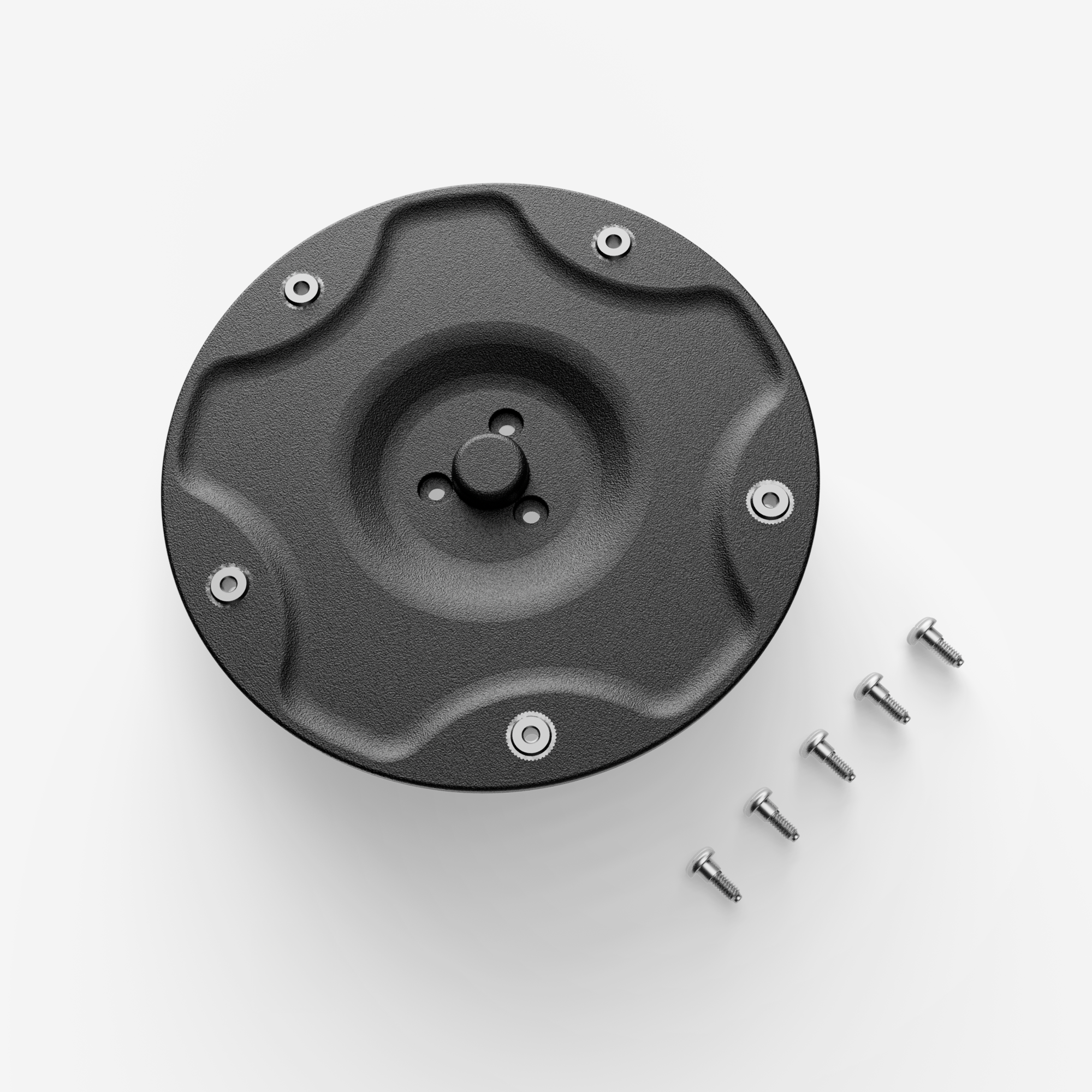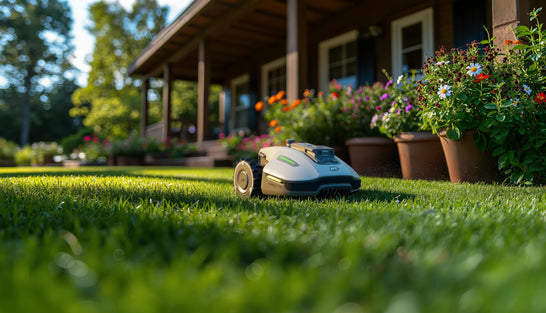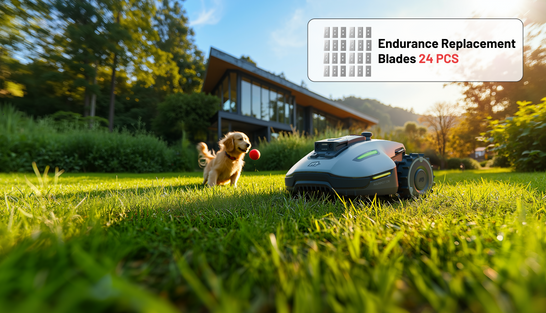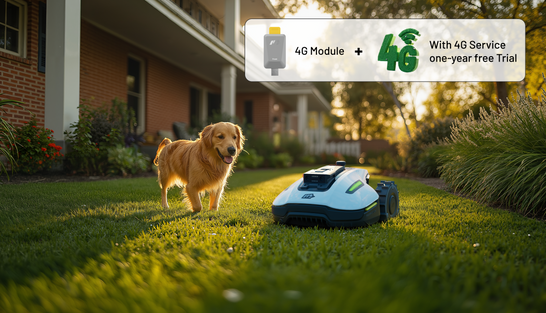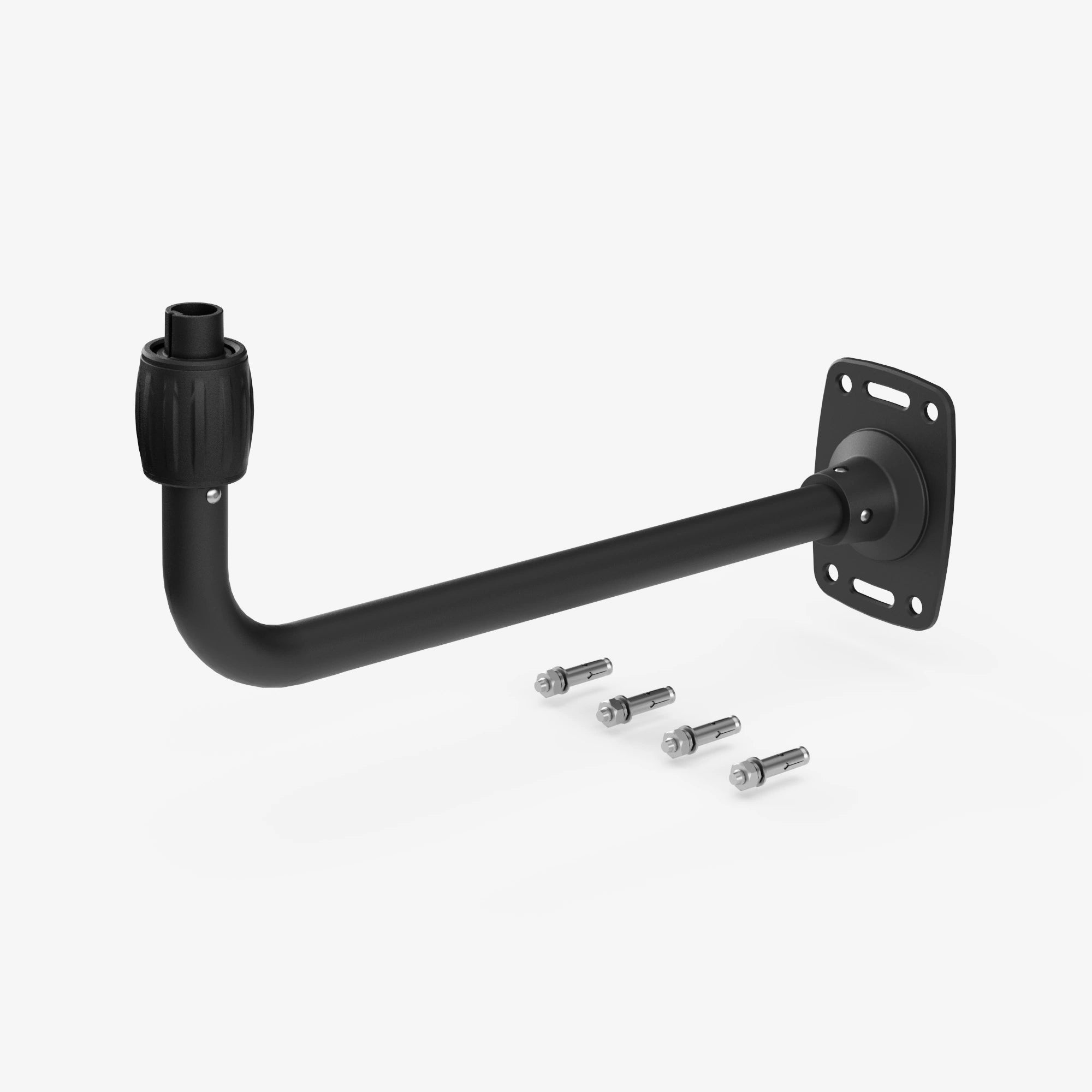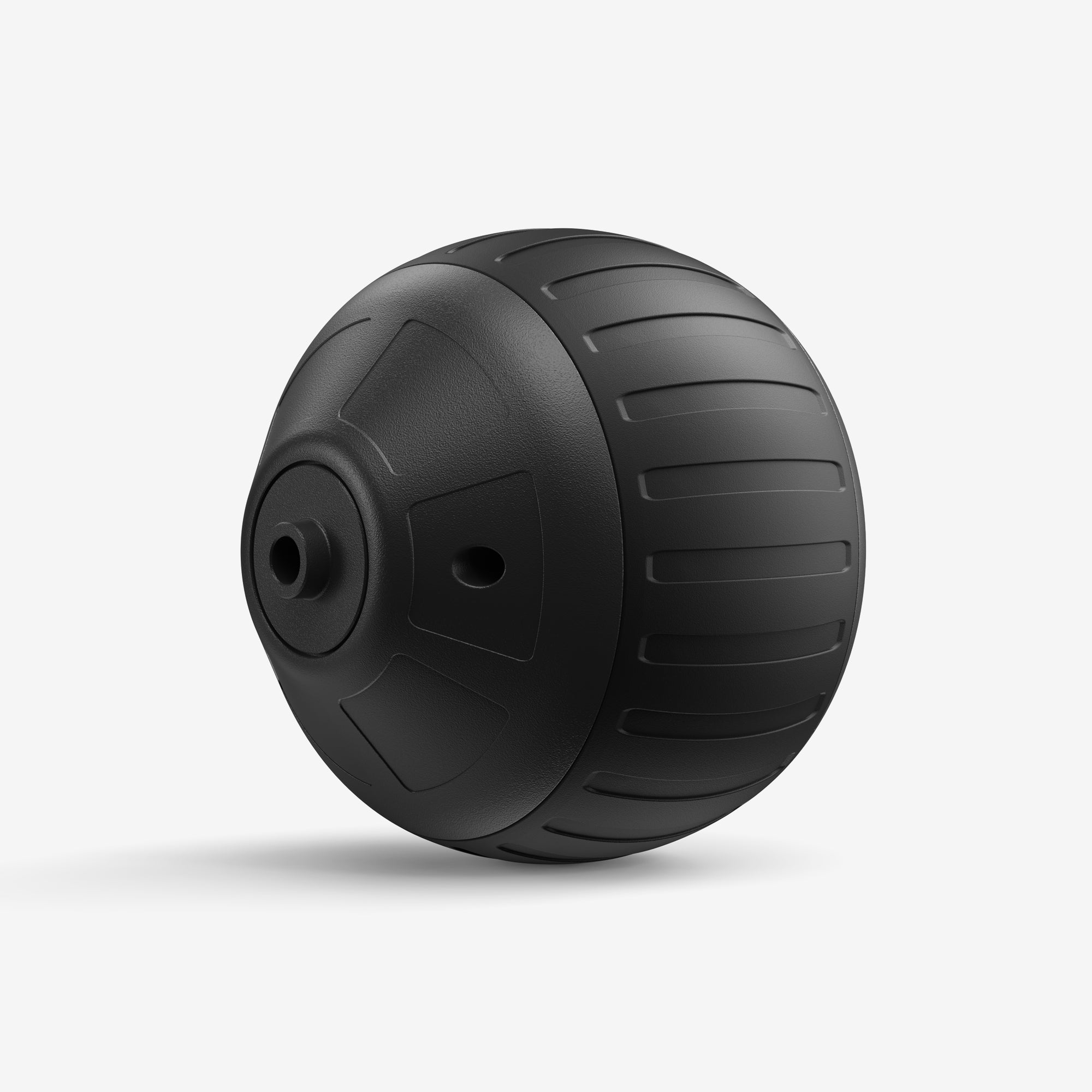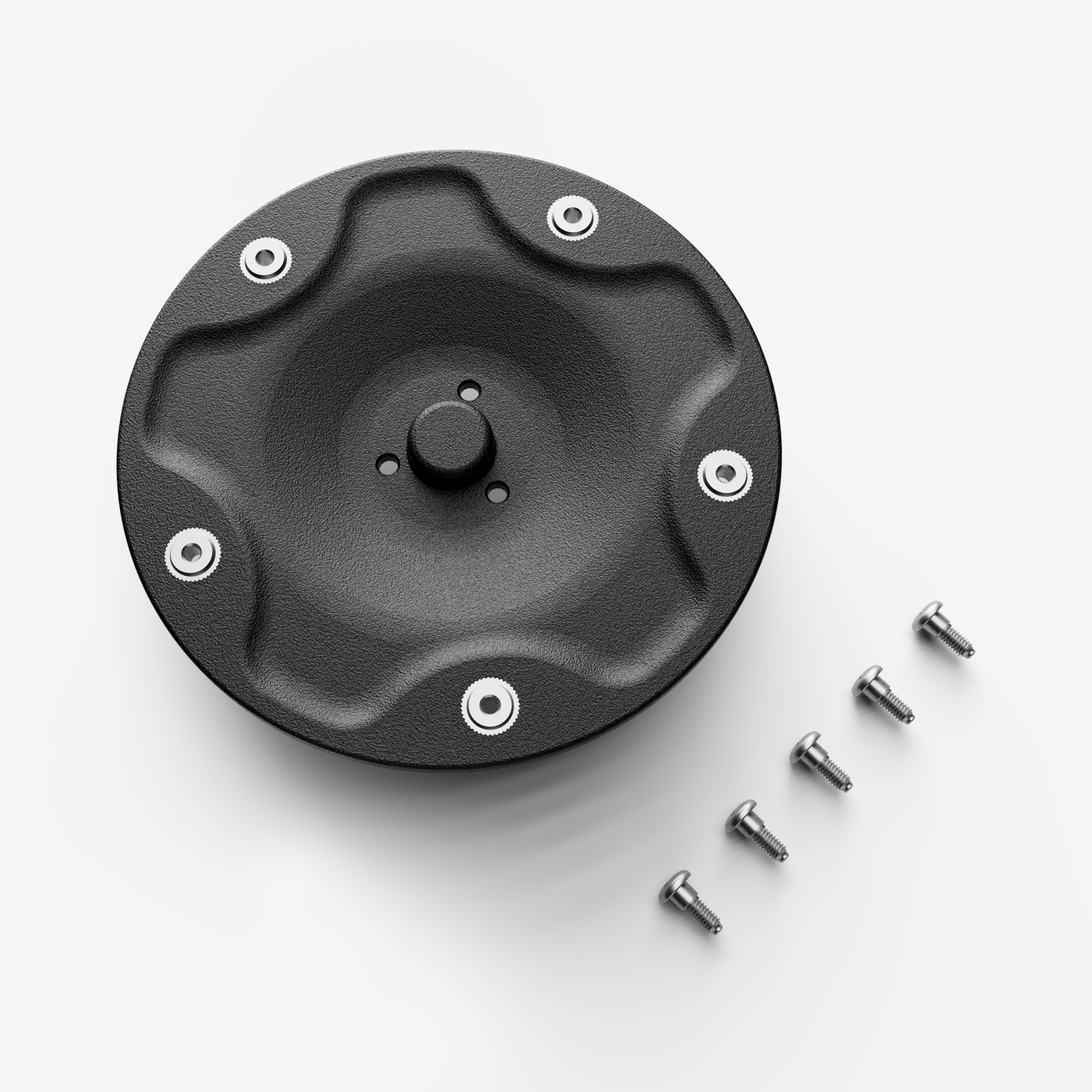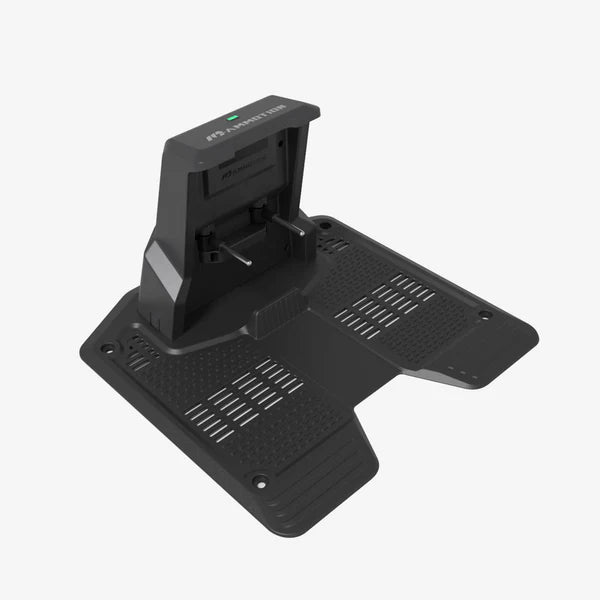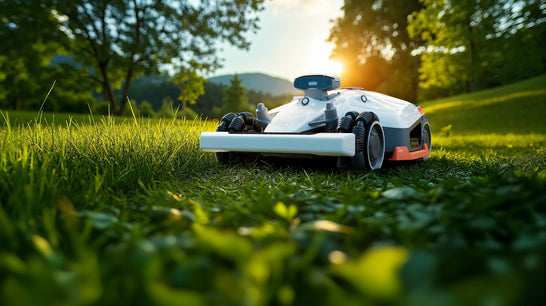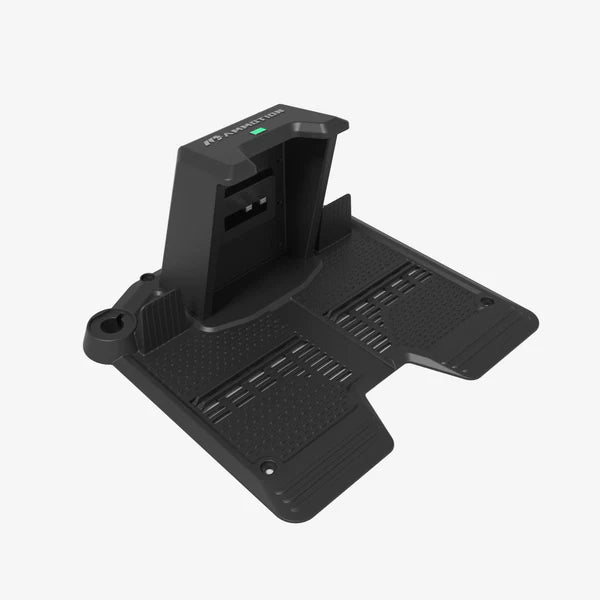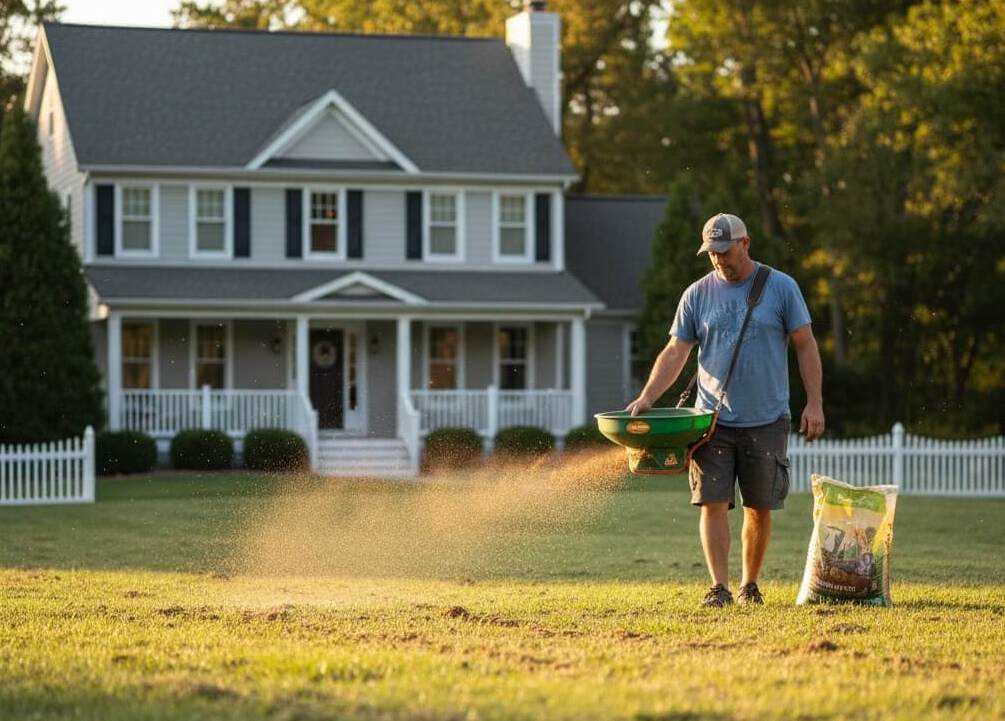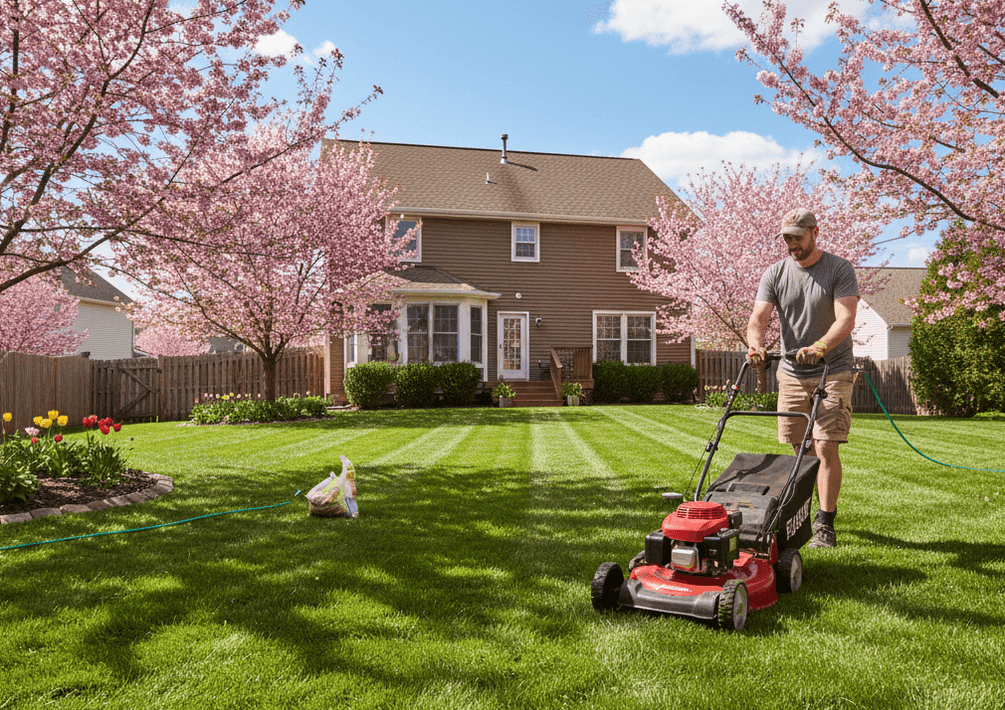When to Mow Grass After Overseeding?
If you’ve recently overseeded your lawn, one of the first questions on every homeowner’s mind is: when to mow after overseeding? The answer isn’t one-size-fits-all, but as a general rule, wait 2–4 weeks before your first mow. Your new grass should be about 3 inches tall (7.5 cm) and the roots should have started to establish, giving it enough stability to handle the blades of your mower without pulling out seedlings.
Timing can vary depending on grass type, soil conditions, and weather. Fast-growing ryegrass may be ready in just 5–10 days, while slower-growing types like Kentucky bluegrass might need 2–4 weeks. In this guide, we’ll cover everything you need to know about mowing after overseeding: how to determine the right timing, best practices for the first mow, post-mow care, and tips to protect your lawn for long-term health.
When to Mow After Overseeding: First Mow Timing
Knowing when to mow after overseeding is crucial for protecting your new grass and encouraging healthy growth. As a general guideline:
- Grass height: Approximately 3 inches
- Root stability: Seedlings should resist gentle tugging
- Timing: Generally 2–4 weeks, depending on grass type
Grass Type Matters
Different grasses grow at different rates:
|
Grass Type |
Growth Rate |
Recommended First Mow |
|
Ryegrass (cool-season) |
Fast |
5–10 days |
|
Fescue (cool-season) |
Moderate |
2–3 weeks |
|
Kentucky bluegrass (cool-season) |
Slow |
2–4 weeks |
|
Bermudagrass / Zoysiagrass (warm-season) |
Moderate |
3–4 weeks |
Checking Root Stability
A simple way to determine if it’s safe to mow is to gently tug on a few blades. If the grass resists being pulled out, the roots are sufficiently established to handle mowing. If the seedlings come out easily, it’s better to wait a few more days.
By observing both grass height and root stability, you can confidently decide when to mow after overseeding and ensure that your first cut strengthens rather than stresses your lawn.
Factors Affecting When to Mow After Overseeding
Several factors can influence the ideal timing for your first mow, making it important to observe your lawn closely rather than relying on a fixed schedule.
1. Grass Type
Cool-season grasses like ryegrass, fescue, and Kentucky bluegrass grow at different rates than warm-season grasses like Bermudagrass or Zoysiagrass. Fast-growing varieties can be mowed sooner, while slower-growing grasses need more time for the roots to establish.
2. Soil Conditions
Well-prepared, nutrient-rich soil promotes faster germination and stronger root systems, allowing for an earlier mow. Compacted or poor soil slows growth, requiring a longer waiting period.
3. Weather and Temperature
Grass growth accelerates in warm, moist conditions and slows during cool or dry periods. Overwatering or drought can also affect root development, so adjust your mowing schedule accordingly.
4. Overseeding Density
Thicker seed coverage usually results in faster canopy development. Sparse areas may need extra time before mowing to avoid damaging new seedlings.
By considering these factors, you can better estimate when to mow grass after overseeding for your specific lawn. Observing grass height, root stability, and local growing conditions will give you the most reliable guidance.
Best Practices for the First Mow After Overseeding
Once you’ve determined that your lawn is ready, following these best practices will protect your new grass and promote healthy growth:
1. Set the Right Mower Height
For your first cut, adjust your mower to the highest setting to remove only the top third of the grass. This “one-third rule” reduces stress on young seedlings and encourages strong root development.
2. Use a Sharp Blade
A clean, sharp mower blade makes precise cuts and minimizes tearing, which can damage fragile new grass.
3. Consider the Type of Mower
Traditional push or riding mowers are fine, but automated options like the Mammotion robot mowers can be especially useful. With precise cutting patterns and adjustable height settings, it safely handles delicate new grass while saving time.
4. Handle Grass Clippings Wisely
For the first mow, it’s best to collect clippings to avoid smothering your seedlings. Mammotion YUKA robot mower offers sweeping and auto-emptying tech, which will be more convenient. Once your lawn matures, mulching becomes a convenient option.
5. Mow When Soil is Dry
Avoid mowing wet or freshly watered grass, as it increases the risk of compaction and can pull seedlings from the soil.
By following these practices, you ensure that your first mow after overseeding strengthens rather than stresses your lawn, setting the stage for a lush and even lawn in the weeks ahead.
Post-First Mow Care: Pro Tips
After your first mow, proper care is essential to help your new grass thrive and maintain its health:
1. Watering
Continue to keep the soil consistently moist, especially in the first 2–3 weeks after mowing. Deep, infrequent watering encourages roots to grow stronger and reach deeper into the soil.
2. Fertilizing
If you used a starter fertilizer during overseeding, wait a few weeks before applying additional fertilizer. Over-fertilizing too soon can stress young seedlings. Follow a balanced fertilization schedule based on your grass type.
3. Mowing Schedule
Gradually return to your regular mowing schedule after the second or third mow. Always follow the “one-third rule” to avoid cutting too much at once.
4. Weed Control
Avoid applying herbicides immediately after overseeding and your first mow. Young grass is sensitive, and premature chemical treatment can damage seedlings. Wait until the lawn is well-established before targeting weeds.
5. Monitor Your Lawn
Keep an eye on growth, color, and density. If you notice thinning patches or slow growth, adjust your watering, mowing, or fertilization practices accordingly.
By maintaining consistent care after the first mow, you help your new grass establish a healthy root system, reduce stress, and achieve a thick, vibrant lawn.
Conclusion: When to Mow After Overseeding
Knowing when to mow lawn after overseeding is essential for giving your new lawn the best start. Wait 2–4 weeks or until grass reaches 3 inches tall and roots are stable. Always consider grass type, soil, and weather, and use height, root stability, and coverage checks to guide your decision.
Automated tools like the Mammotion Robot Mower can make mowing safer and easier for delicate new grass, complementing proper care practices.
Frequently Asked Questions
1. How long to stay off lawn after overseeding?
After overseeding, avoid heavy foot traffic for at least 2–3 weeks, or until seedlings are well-established. Walking lightly is okay, but frequent pressure can damage fragile new grass and slow root development.
2. How soon should I mow after overseeding?
Generally, wait 2–4 weeks, or until the grass reaches about 3 inches tall (7.5 cm) and roots are firmly anchored. Fast-growing ryegrass may be ready in as little as 5–10 days, while slower cool-season grasses like Kentucky bluegrass may require the full 2–4 weeks.
3. What happens if you cut grass after seeding?
Mowing too early can pull seedlings out of the soil, leaving bare patches and slowing lawn establishment. It stresses the roots and may reduce the success of overseeding.
4. How long does it take for overseeding to grow?
Germination depends on grass type and conditions:
Ryegrass (fast-growing): 5–10 days
Fescue: 7–14 days
Kentucky bluegrass: 14–30 days
Warm-season grasses vary depending on soil temperature and moisture. Full coverage may take several weeks after germination.
5. Should I bag my grass clippings after overseeding?
Yes, for the first mow, it's best to bag or collect clippings to avoid smothering young seedlings. Once grass is established and thick, mulching is safe and can return nutrients to the lawn.
6. Can I mow 1 week after overseeding?
Only if you have fast-growing grass like ryegrass and seedlings are firmly rooted. For slow-growing grasses or thin coverage, wait longer to avoid uprooting new grass.
7. What is the aftercare of overseeding?
Post-overseeding care includes:
Keeping soil consistently moist but not waterlogged
Waiting 2–3 weeks before first mowing
Using the one-third mowing rule for initial cuts
Avoiding herbicides until grass is well-established
Monitoring lawn for thinning areas, adjusting watering and fertilization as needed
8. How low to mow for overseeding?
For the first mow, raise your mower to the highest setting and remove no more than one-third of the blade height. Cutting too low stresses seedlings and can damage the young roots. Gradually reduce mowing height in subsequent sessions as the lawn matures.





